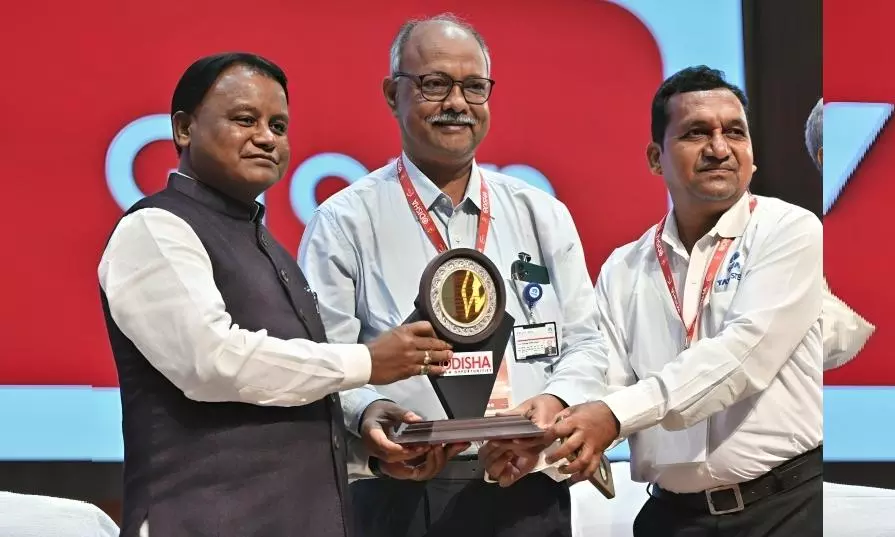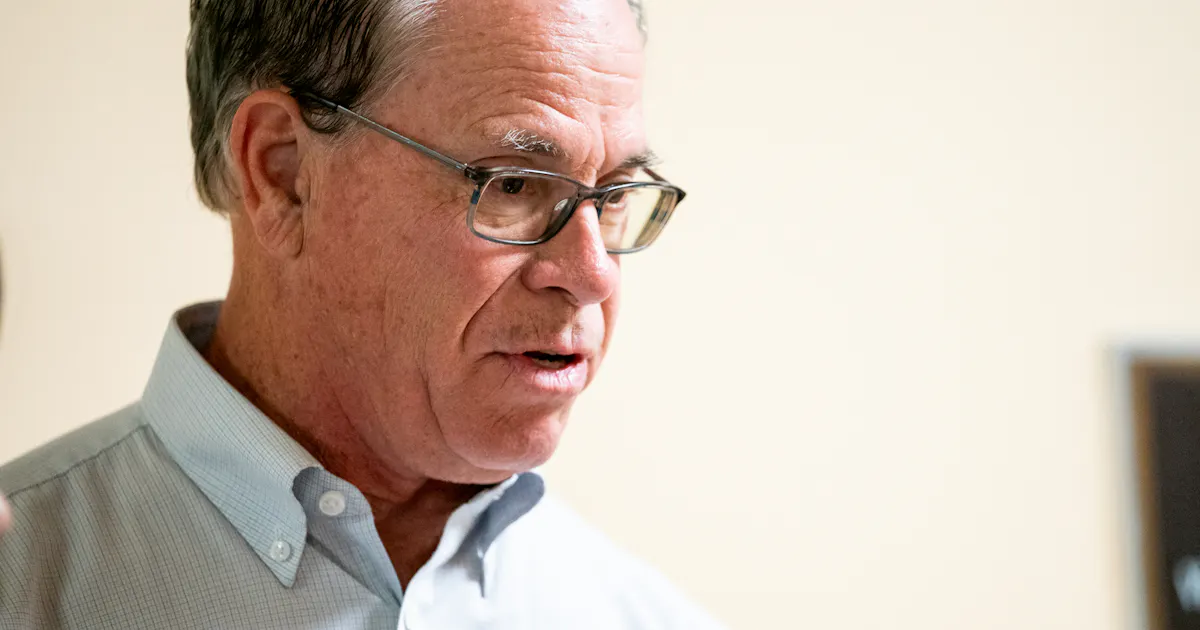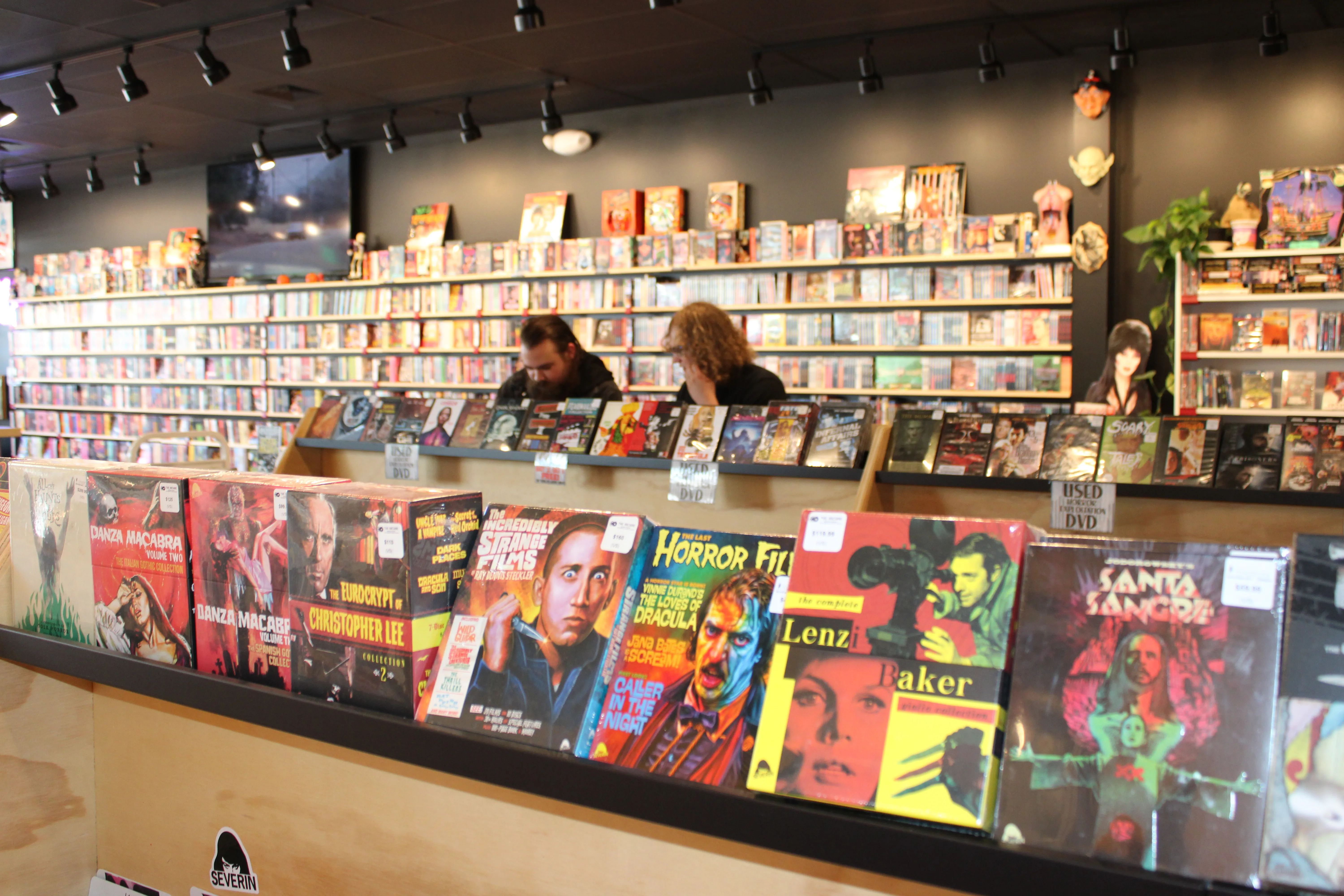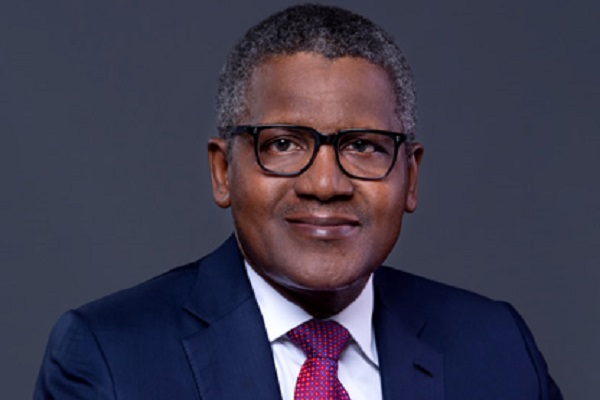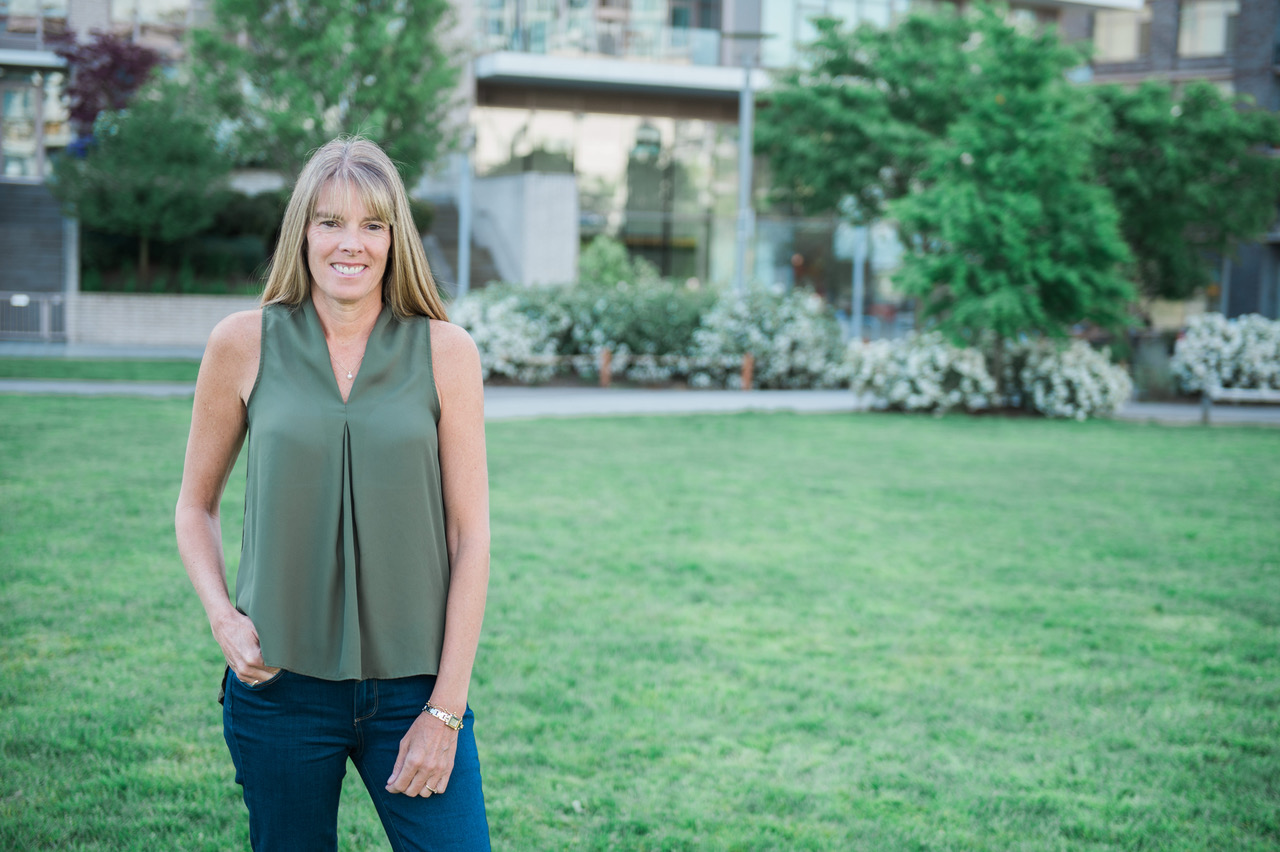
In a country locked in bitter debate over guns, I did something I doubt many gun control advocates would consider: I bought a firearm and carried it everywhere for a month.
I thought I understood the issue. I had testified in statehouses, marched with mothers in Washington, organized vigils, written op-eds and served on the board of Brady, the nation’s oldest gun violence prevention organization. But I had never stepped into the world of those I disagreed with, and I never understood how deeply guns are tied to identity, not just ideology.
As mass shootings continued and gun sales surged, I began asking different questions. Not about policy, but about people. What makes someone feel the need to carry a gun? And what does carrying a deadly weapon actually do to them — emotionally and psychologically?
I wanted to know the answers. So I stepped into their world.
For 30 days, I wore a 9 mm Glock, concealed on my hip or tucked in my purse, while I navigated grocery aisles, coffee shops and business meetings. I wasn’t afraid of accidentally shooting myself. I was afraid of being seen. I carried legally but felt like an imposter, wearing a skin that didn’t belong to me.
The gun didn’t bring confidence. It brought anxiety. I became hyper-aware, scanning crowds, checking my purse latch, mentally rehearsing worst-case scenarios. Carrying a weapon didn’t calm my fear. It fed it.
One afternoon in a parking lot stairwell I heard the heavy footsteps of a man behind me. I glanced back to let him know I’d seen him, then reached into my purse and wrapped my fingers around the Glock — just in case. But he was a few steps above and behind me. There’d be no time to react if he did want to hurt me. “But what if he’s just a guy on his way to a meeting like I was?” I thought.
My adrenaline surged. To use the gun, I’d have to turn, draw and aim. Was I really prepared to do that? I felt the absurdity, the weight of my predicament. At the bottom of the stairs, he passed by, harmless and unaware. But those few seconds, fear hijacked reason. And the illusion that a gun would make me feel safe dissolved completely.
I knew that, as a white woman, carrying a concealed weapon came with an invisible layer of privilege — protection from the suspicion or danger others might face. I also worried some might dismiss it as a stunt. Maybe, in part, it was. But mostly, I carried a gun to better understand the people I had long opposed, and to confront my own fear and assumptions about gun owners who showed up armed at my events.
That desire to understand rather than judge also shaped the film I was working on. While directing “Behind the Bullet,” a documentary about the impact of gun violence, I set out to speak with people who had pulled the trigger and had to live with what followed. I met gun owners who had shot someone in self-defense, by accident, in combat, and out of desperation. I listened as they recounted the moment everything changed.
One man named Kevin legally shot and killed a home intruder. I found him through an NRA website that deemed him a hero. We sat in his living room, the weight of what he’d done hanging between us. I didn’t argue with him. I asked questions. I listened. He told me how he replayed the shooting over and over, how he had nightmares, how he installed tripwires around his house. Neighbors mocked him: “Hey Kevin, you kill anyone today?”
None of it sounded like vindication. It sounded like trauma. That conversation didn’t change my beliefs, but it shifted something more important: an understanding of the lasting damage even a justified shooting can leave behind, and how rarely we make space for that kind of pain.
Christen, a trained NRA member, told me how she used the gun she’d bought for self-defense to end her life during a moment of deep personal crisis. She survived, not just the gunshot, but everything that led to it, and the painful aftermath. Sitting with her as she recounted the 53 reconstructive facial surgeries and the pain that still lingers felt like an honor. With nearly 60 percent of gun deaths being suicides, her story makes it painfully clear how quickly a gun can turn a moment of despair into an irreversible tragedy — and how critical it is to understand the stories behind the statistics.
There are an estimated 400 million firearms in circulation in the U.S. — more than one for every person. About one-third of American adults own at least one gun. In 2023 alone, over 46,000 people died from gun-related injuries, including homicides, suicides and accidents.
But statistics only explain so much. What I encountered wasn’t a data problem; it was a human one. Many of the people I met didn’t carry guns out of bravado. They carried them out of fear. Trauma. Love. A desire to protect their families and feel safe in a world that often doesn’t.
I’ve heard gun owners say, “If someone breaks into my house, I’ll blow them away.” But the people I spoke to who’ve actually done it didn’t sound triumphant. They talked about sleepless nights, strained marriages and the haunting permanence of having taken a life. None described feeling heroic — only changed.
I once believed that fewer guns would lead to fewer deaths. I still do. But I’ve come to see that the conversation is less about policy and more about identity. For many, the gun isn’t just a tool. It’s a lifeline, a symbol, a belief system.
When the gun becomes a part of who someone is, regulation feels like a personal threat, not a public safety measure. Kevin, for instance, told me he feels naked without a gun on him.
And once something becomes part of our identity, it’s hard to imagine another way of being. That’s why facts alone won’t change minds. To shift this conversion, we must be willing to listen. To sit across from someone we disagree with, not to debate, but to understand.
The trauma for gun victims is obvious, and tragically frequent in America. But there’s trauma on the other side, too. There are no support groups for people who’ve killed intruders. No hotline for parents whose child accidentally shot a sibling. No easy way back for someone who survives a suicide attempt with a gun.
When my month with a gun ended, I couldn’t wait to get rid of my Glock. I had it melted down so at least this one gun wouldn’t hurt anyone, ever. But then there are hundreds of millions more out there and more being manufactured every day.
America will never be a country without guns. But we can start being honest about the difference between the safety they promise and the harm they so often leave behind.
I still believe in stronger gun laws. The data proves they save lives. But I’ve come to see that policy alone isn’t enough. Real change begins when we stop arguing and start listening — even to those we fear or oppose.
Heidi Yewman is the author of the memoir “Dumb Girl,” the book “Beyond the Bullet,” and the director of the documentary “Behind the Bullet.” Learn more at heidiyewman.com.
